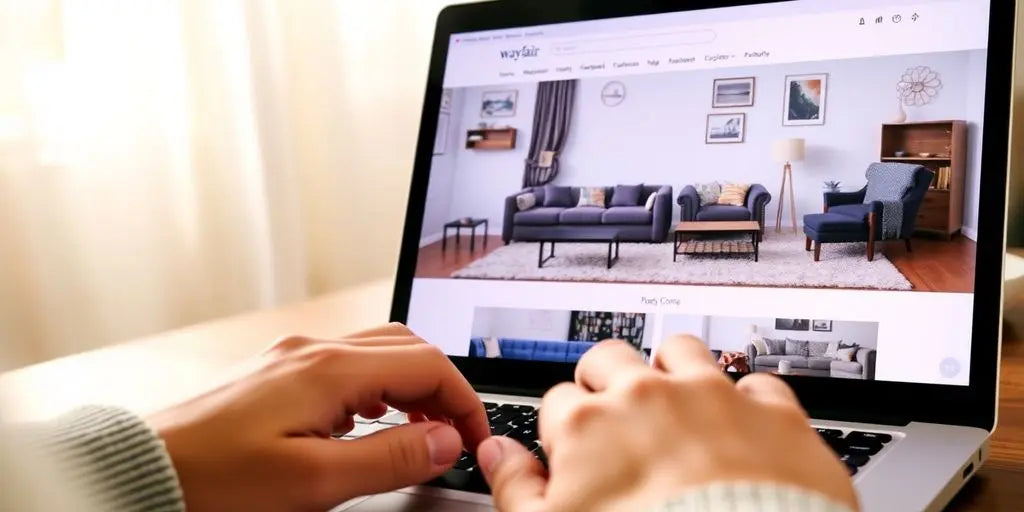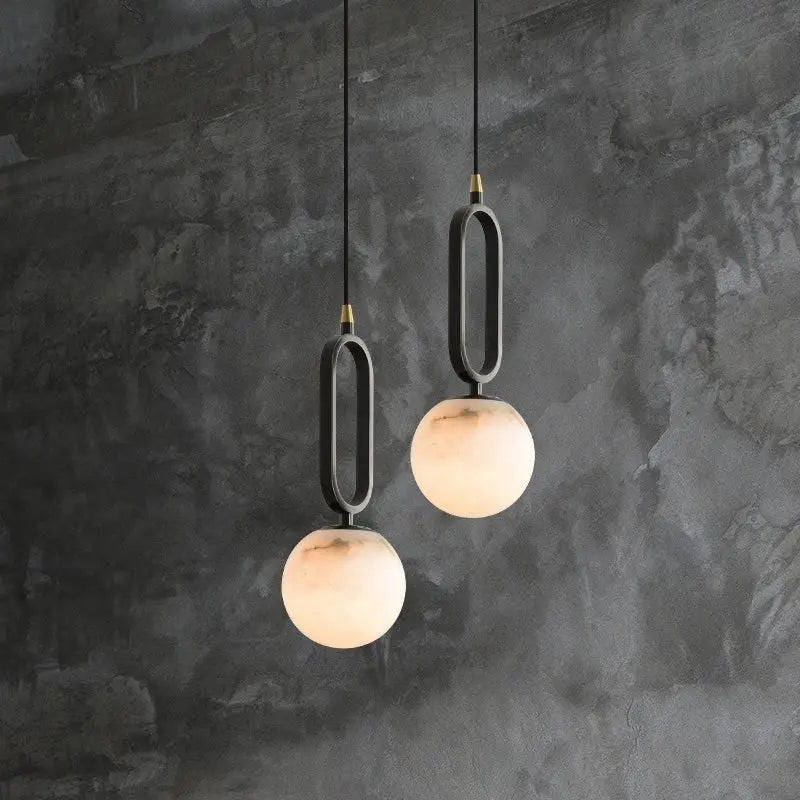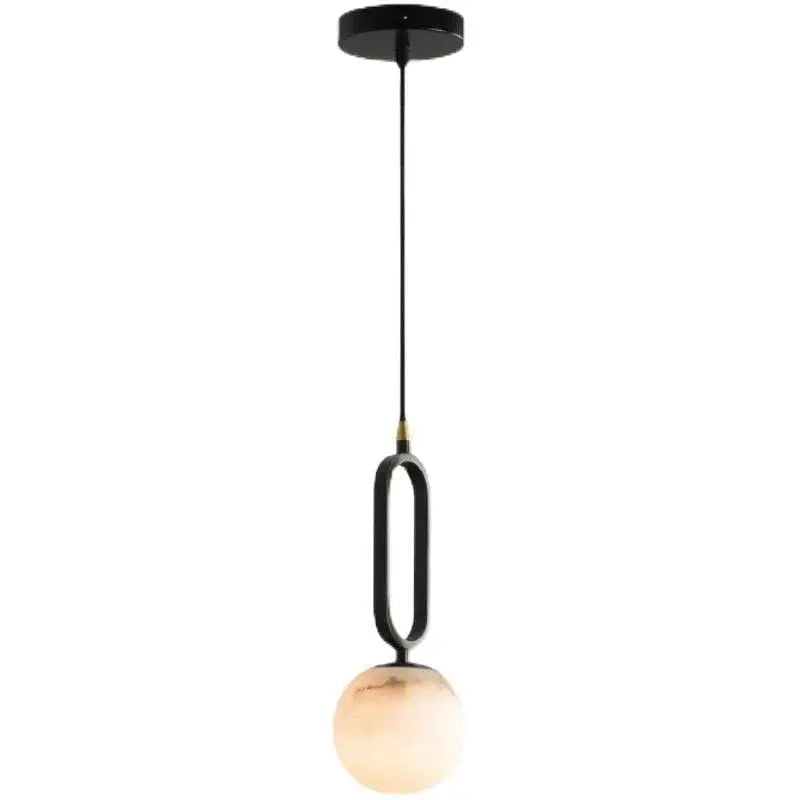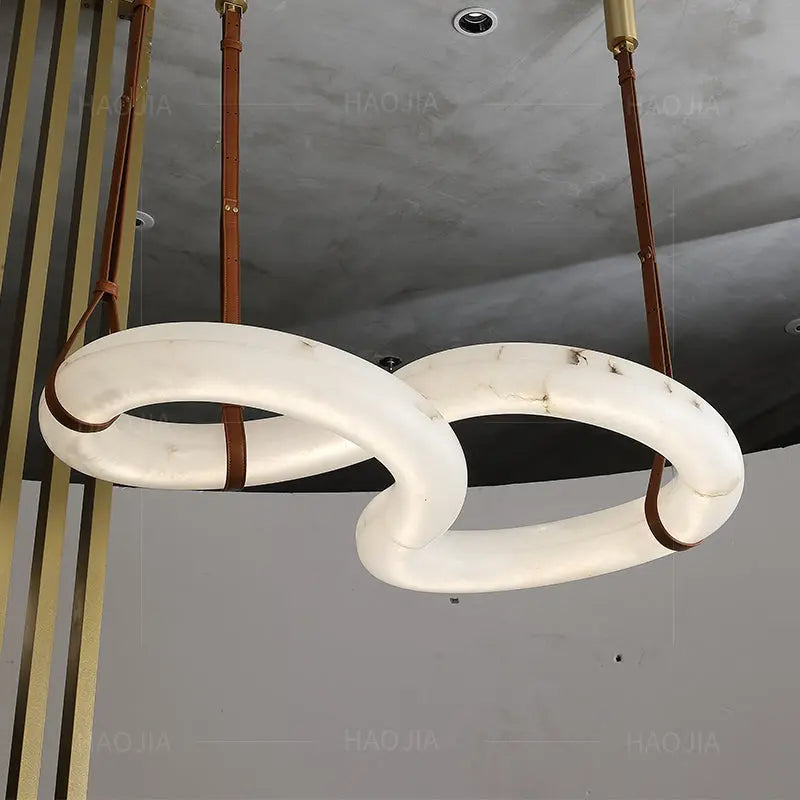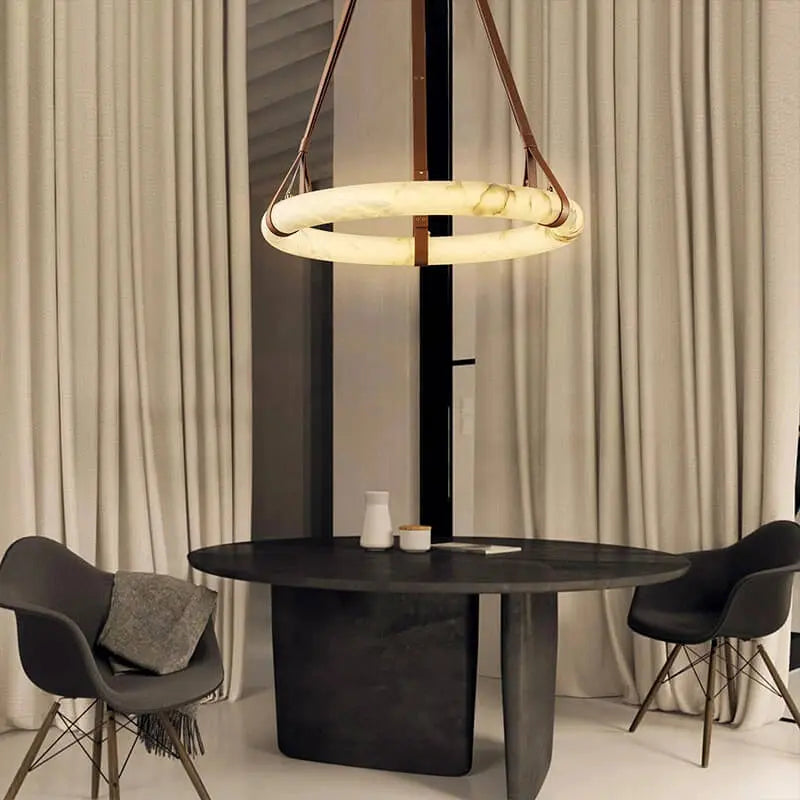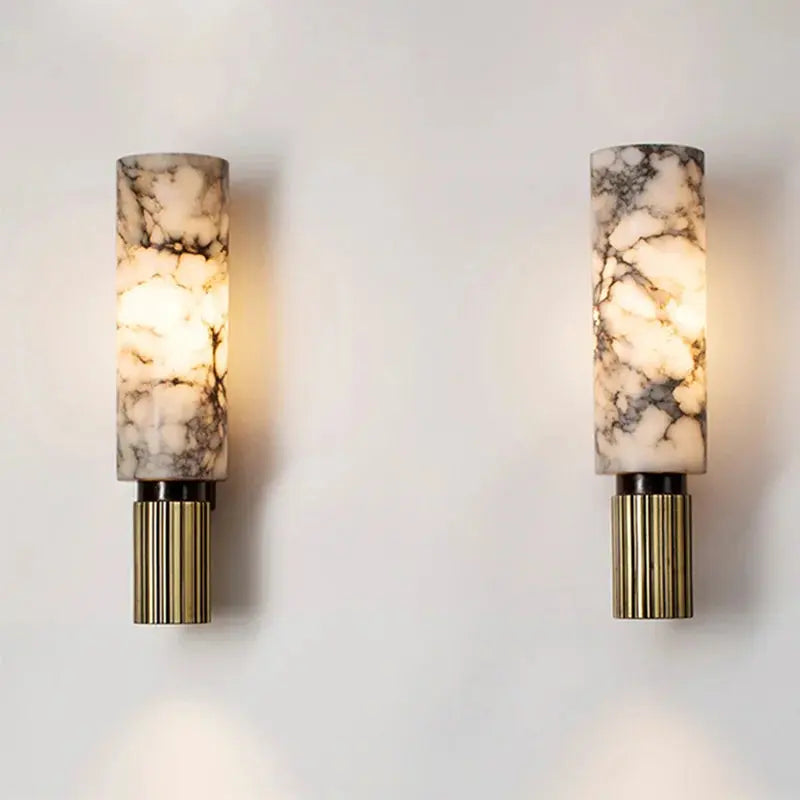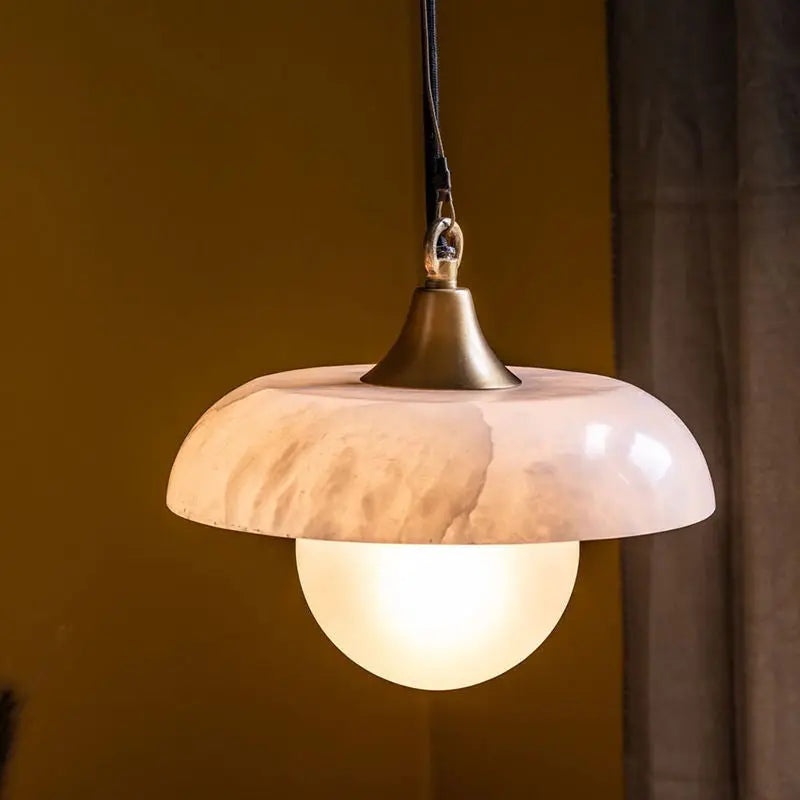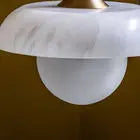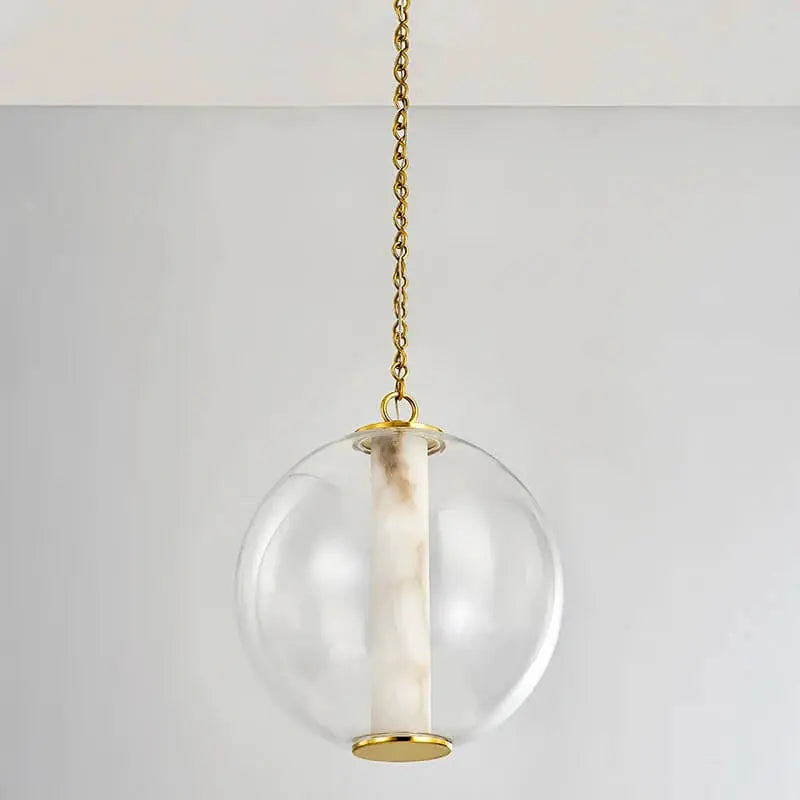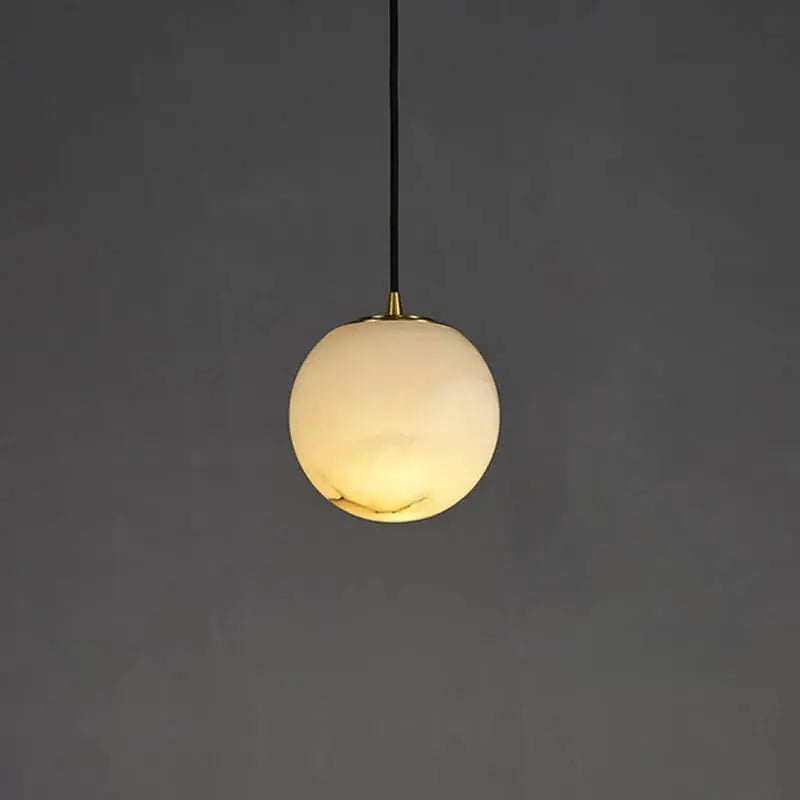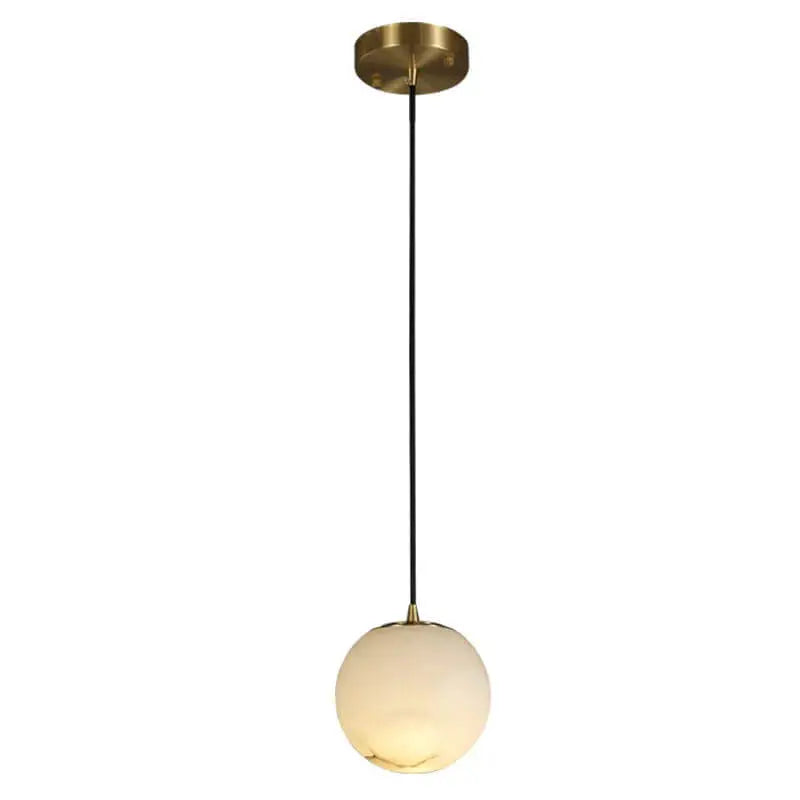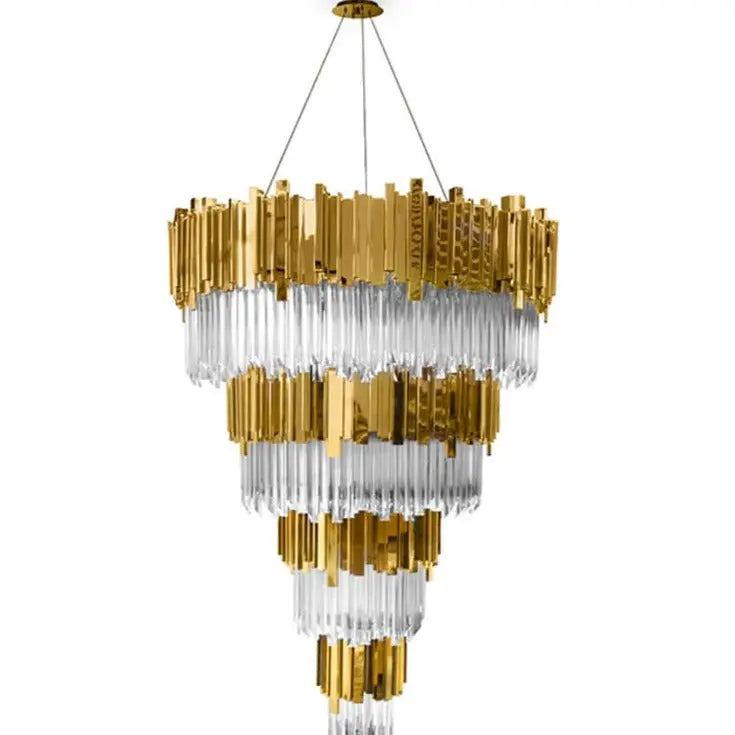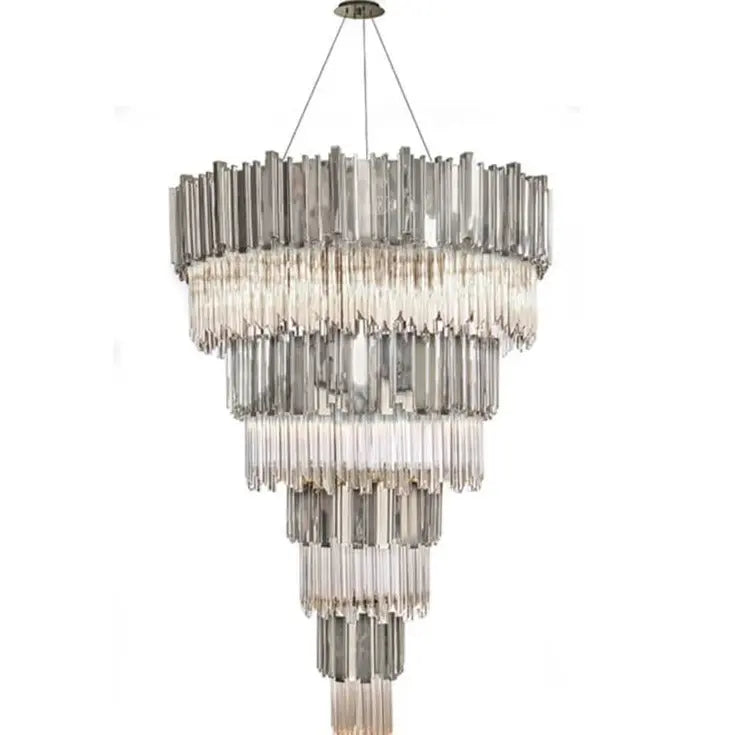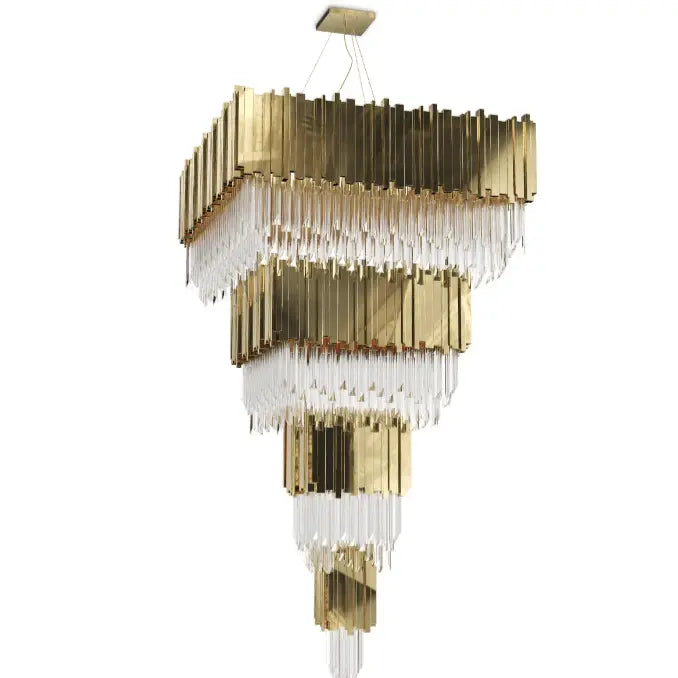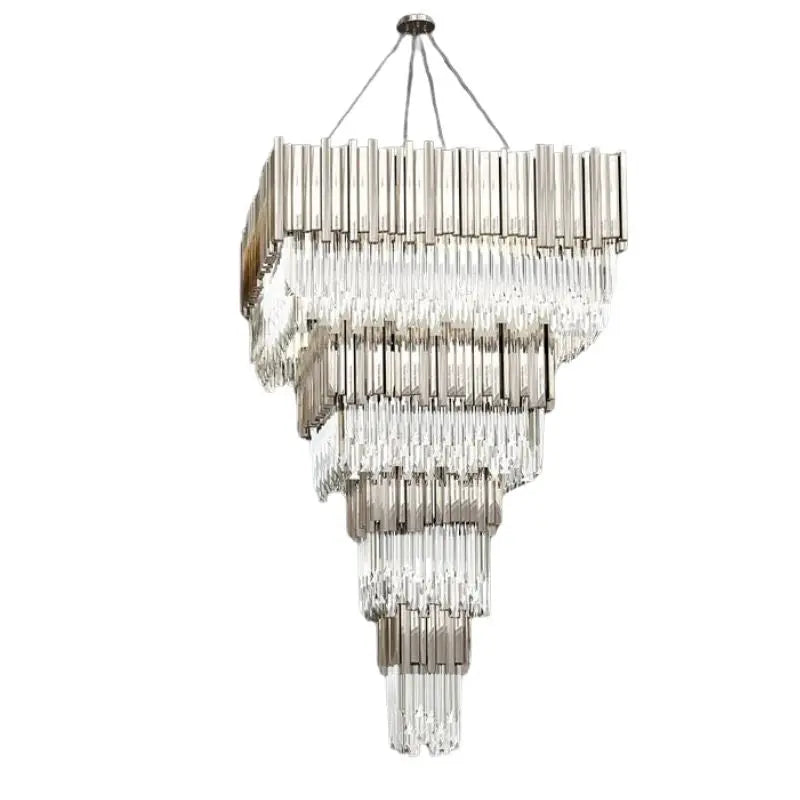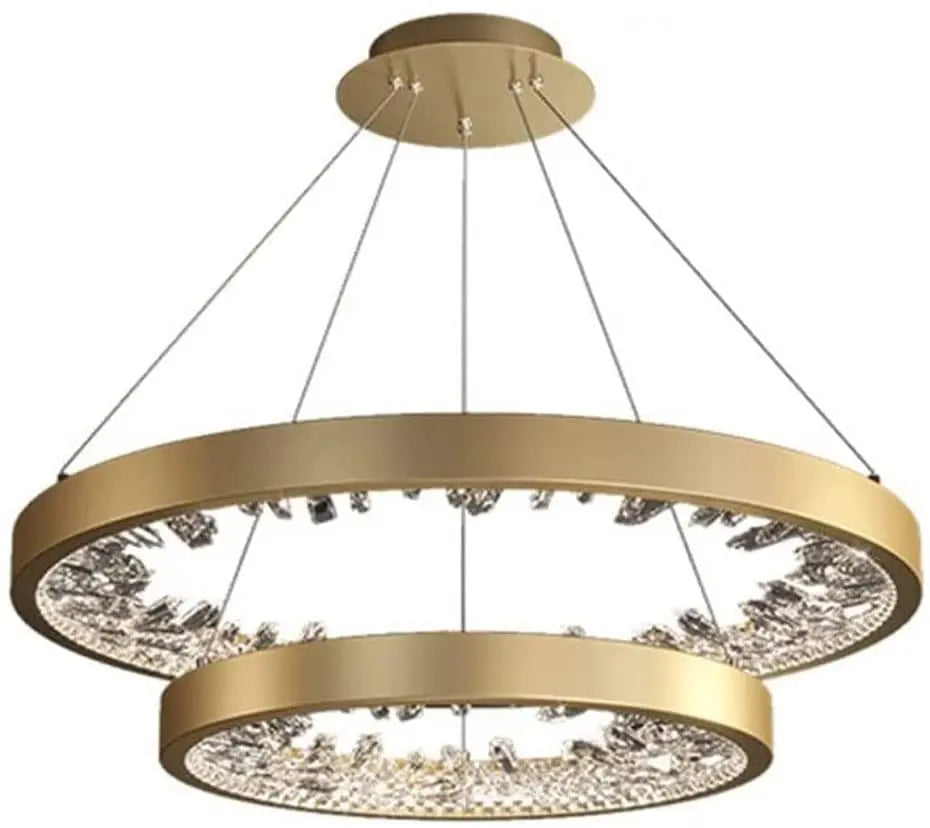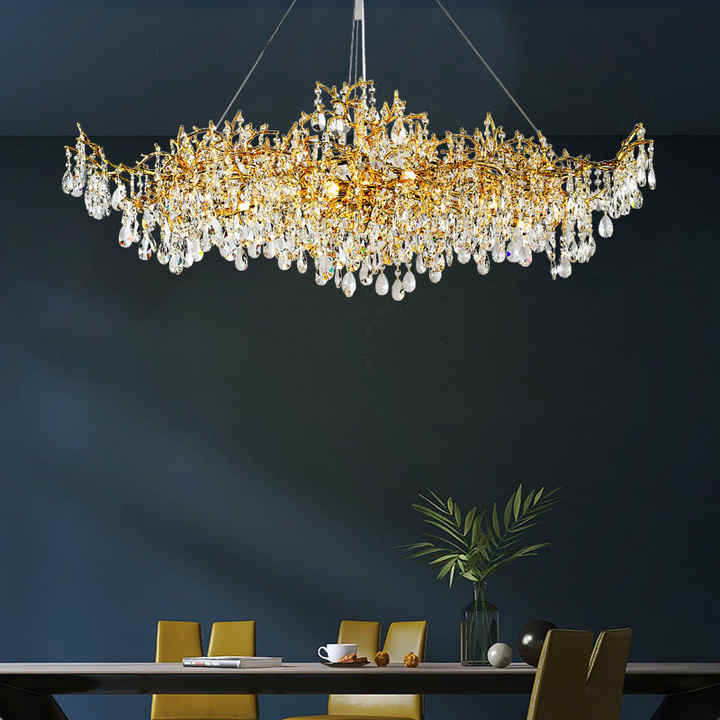Want to open wayfair account? It's a good idea if you sell home goods. Wayfair is a big online store for furniture and home stuff. They have millions of people who shop there, looking for things like couches, lamps, and decorations. So, if you sell these kinds of products, getting on Wayfair can really help your business grow. This guide will walk you through how to open wayfair account and get your products listed. It's not too hard, but there are some steps to follow.
Key Takeaways
- Wayfair is a big platform for home goods, so it's a good place for sellers in that area.
- You have to apply and get approved to sell on Wayfair; it's not like other open marketplaces.
- Make sure your products are good quality and fit what Wayfair customers want.
- Fast shipping is important on Wayfair, and they have tools to help with that.
- You should price your items well and think about using Wayfair's marketing options to get noticed.
Understanding the Wayfair Marketplace
Why Wayfair is a Smart Move for Ecommerce Sellers
Wayfair is a big deal for anything related to home goods, furniture, and decor, boasting a huge number of active shoppers. Unlike places like Amazon or eBay, where everyone's fighting for attention, Wayfair is more selective. They connect brands with shoppers who are really looking for premium home products. This means less competition and more focused buyers.
Wayfair gives ecommerce sellers some cool advantages:
- Millions of shoppers come to Wayfair specifically to buy stuff for their homes.
- The marketplace is curated, so you're not competing with random unrelated stuff.
- They have tools and support to help you scale efficiently.
Wayfair is a great place to be if you're in the home goods business. They've built a system that helps sellers connect with the right customers, which can lead to better sales and growth.
Is Wayfair the Right Fit for Your Business?
If you sell things like furniture, home decor, lighting, kitchen stuff, bedding, or outdoor products, Wayfair could be a great place to grow your brand.
Sellers who do well on Wayfair usually:
- Offer good quality, lasting products that people expect.
- Have product listings that look good, with great descriptions and pictures.
- Keep enough inventory to avoid running out of stock.
- Use tools to help with integrations like Linnworks to handle inventory, shipping, and tracking orders.
If Wayfair seems like a good fit for your business, getting set up the right way is key. A solid start, with good onboarding, product listings, and shipping, will help you get noticed and make sales from the beginning.
Getting Started with Your Wayfair Account
Setting Up and Managing a Wayfair Seller Account
So, you're thinking about selling on Wayfair? Cool! Unlike some other online marketplaces, Wayfair isn't open to just anyone. They operate on an invitation-only model, which means you have to apply and get approved before you can start listing your products. This helps them keep the quality high and makes for a better shopping experience for customers. Think of it as a curated marketplace.
Wayfair looks at a few key things when they're evaluating sellers:
- Product Quality and Assortment: They want to see home goods, furniture, decor, and appliances that fit what their customers are looking for. If you're selling something totally unrelated, it might not be the best fit.
- Fulfillment Capabilities: Can you ship orders quickly and reliably, with accurate tracking? They need to know you can handle the logistics.
- Compliance and Liability Coverage: You'll need to have product liability insurance and agree to Wayfair's Supplier Code of Conduct. It's all about protecting everyone involved.
Getting approved can take some time, so be patient and make sure you provide all the information they ask for. It's worth it to get your products in front of Wayfair's huge customer base.
Step-by-Step Guide to Setting Up Your Wayfair Seller Account
Okay, let's get down to the nitty-gritty. Here's a step-by-step guide to setting up your Wayfair seller account. It's not rocket science, but you'll want to pay attention to the details.
- Apply to Become a Wayfair Partner: The first step is to head over to the Wayfair Partner Program application portal and fill out the application. This is where you'll introduce your business to Wayfair.
- Provide Business Information: You'll need to provide all the essential details about your company, including your tax ID, website, and the categories of products you sell. Be accurate and thorough.
- Describe Your Product Line: Wayfair wants to know what you're selling. Highlight any unique or high-quality home products you offer, and be sure to mention your competitive pricing.
- Outline Fulfillment Capabilities: Explain how you plan to fulfill orders. Do you have your own warehouse, or do you use a third-party logistics provider? Wayfair needs to know you can handle shipping efficiently.
Important Note: Wayfair actually sets the final retail price for your products. This means you need to calculate your wholesale margins carefully to make sure you're still profitable after any price adjustments they make. They do this to adjust pricing dynamically based on demand, seasonality, and competition. They also run promotions and discounts without you needing to change your pricing. This can encourage bulk orders through B2B sales and Wayfair Professional buyers.
Applying to Become a Wayfair Partner

Navigating the Wayfair Partner Portal
So, you're thinking about selling on Wayfair? Cool! Unlike some other online marketplaces, Wayfair has a selective process. You can't just jump in; you need to apply and get approved. This is because they want to keep the quality high for their customers. The first step is heading over to the Wayfair Partner Program. Think of it as the front door to their platform. You'll find the application there. It's pretty straightforward, but make sure you have all your business info handy.
Providing Essential Business Information
When you fill out the application, you'll need to provide some important details about your business. This includes things like your company's legal name, tax ID, business registration number (BRN) and contact information. They'll also ask for your website (if you have one) and the categories of products you sell. Having this information ready will make the application process smoother. Wayfair needs to verify that you're a legitimate business, so accuracy is key. Make sure everything matches your official records to avoid any delays or issues.
Describing Your Product Line
This is where you get to show off what you're selling! Wayfair wants to know about the products you offer, focusing on unique, high-quality home goods. They want to know what makes your products special. Are they eco-friendly? Hand-crafted? Do they solve a particular problem for homeowners? Be specific and highlight the key features and benefits of your product listings. Also, be prepared to talk about your pricing strategy. Wayfair wants to ensure that partners offer competitive prices to attract customers.
Wayfair really cares about the quality of products sold on their platform. They want to make sure customers have a great shopping experience, so they're picky about who they partner with. Make sure your products are top-notch and your descriptions are clear and accurate.
Preparing for Your First Wayfair Orders
Your Wayfair Onboarding Checklist
Okay, you've been accepted as a Wayfair partner – awesome! Now comes the part where you actually get ready to sell. Don't rush this! A smooth onboarding process is key to a good start. Here's a checklist to keep you on track:
- Complete your Wayfair profile: Make sure all your business info is accurate and up-to-date. This includes contact details, tax information, and bank account details for payments. It sounds obvious, but double-check everything!
- Set up your product catalog: This is where you'll upload all your product information, including descriptions, images, and pricing. Wayfair has specific requirements for product listings, so pay close attention to their guidelines. You'll likely use their Bulk Product Upload tool for this.
- Configure your shipping settings: Decide on your shipping methods and rates. Wayfair favors sellers who offer fast and reliable shipping, so consider your options carefully. Think about whether you can integrate with Wayfair's CastleGate fulfillment service.
- Review Wayfair's policies: Make sure you understand Wayfair's policies on returns, refunds, and customer service. This will help you avoid any surprises down the road.
- Test your order processing: Before you start selling, place a test order to make sure your systems are working correctly. This will give you a chance to identify and fix any issues before they affect your customers.
Getting your onboarding right sets the stage for success. Take the time to do it properly, and you'll be well on your way to building a thriving business on Wayfair.
Ensuring Regulatory Compliance
This is the not-so-fun but super important part. You need to make sure you're following all the rules and regulations that apply to your business and your products. Here's what to keep in mind:
- Product safety standards: Make sure your products meet all relevant safety standards. This is especially important for products that are used by children or that could pose a safety hazard.
- Labeling requirements: Check that your products are properly labeled with all required information, such as country of origin, materials, and care instructions.
- Sales tax: Understand your sales tax obligations and make sure you're collecting and remitting sales tax correctly. This can be complicated, so it's a good idea to consult with a tax professional.
- Intellectual property: Respect the intellectual property rights of others. Don't sell products that infringe on trademarks, copyrights, or patents.
- Wayfair's Supplier Code of Conduct: Familiarize yourself with Wayfair's Supplier Code of Conduct and make sure you're in compliance. This code covers a range of topics, including ethical sourcing, labor standards, and environmental responsibility.
It's better to be safe than sorry when it comes to regulatory compliance. If you're not sure about something, seek professional advice. Ignoring these rules can lead to serious consequences, including fines, penalties, and even being banned from Wayfair.
Optimizing Your Product Listings

Preparing Your Catalog for Wayfair
Okay, so you're trying to get your products seen on Wayfair? It's not just about throwing stuff up there and hoping for the best. You need to prep your catalog. Think of it like getting your car ready for a road trip – you wouldn't just jump in and go, right? You'd check the tires, oil, all that stuff. Same deal here.
First, make sure you have all the info for each product. I mean all of it. Dimensions, materials, colors, weight – the works. The more details, the better. Wayfair wants to see that you're serious and that you're giving customers everything they need to make a decision. Use Wayfair's Product Upload tool to submit all the details.
- Be Consistent: Use the same format for all your product descriptions. It makes your catalog look professional and easy to navigate.
- Categorize Carefully: Make sure each product is in the right category. If you sell a blue sofa, don't put it in the 'red chairs' section. Seems obvious, but you'd be surprised.
- Check for Errors: Typos and incorrect info make you look sloppy. Proofread everything before you upload it.
Wayfair ranks products based on quality, completeness, and buyer experience. Listings with detailed information and high-quality images are more likely to rank higher in search results. So, take the time to do it right.
Crafting Compelling Product Descriptions
Product descriptions are your chance to really sell your stuff. Don't just list the features; tell people why they need this thing in their lives. Think about the benefits. Will that handcrafted wooden dining table make family dinners more special? Will that comfy armchair make their living room feel like a cozy retreat? Tell them!
- Use Keywords: Think about what people would search for to find your product. Include those words in your description, but don't stuff it full of them. Make it sound natural.
- Tell a Story: A little bit of storytelling can go a long way. Where does the product come from? What's special about it? Make it interesting.
- Keep it Concise: No one wants to read a novel. Get to the point, but be descriptive enough to paint a picture.
Here's an example:
"This rustic dining table is crafted from reclaimed wood and comfortably seats six. Perfect for family dinners or game nights, it adds a touch of warmth and character to any dining room."
Utilizing High-Quality Product Images
Images are HUGE. People buy with their eyes, especially online. If your pictures are blurry, dark, or just plain boring, no one's going to click. You need good photos. At least five per product, including lifestyle shots, close-ups, and different angles.
- Show the Product in Use: Lifestyle shots are great because they help people imagine the product in their own home.
- Use Good Lighting: Natural light is best, but if you can't get that, make sure your lighting is bright and even.
- Show Details: Close-ups let people see the texture and quality of the product.
Think about it: would you buy something if you couldn't really see what it looked like? Probably not. So, invest in good high-quality images. It'll pay off.
Mastering Inventory and Fulfillment
Starting with a Focused Product Catalog
It's tempting to list everything you've got when you start selling on Wayfair, but trust me, that's a recipe for disaster. Begin with a curated selection of your best-selling or most promising items. This lets you get a handle on Wayfair's system without getting overwhelmed. Think quality over quantity. It's way easier to manage a smaller inventory effectively than to fumble around with hundreds of products you can't keep track of.
- Identify your top 20% of products.
- Ensure high-quality listings for these items.
- Monitor performance closely and adjust as needed.
Starting small allows you to learn the ropes, understand customer demand, and optimize your processes before scaling up. It's a smart way to minimize errors and maximize your chances of success on the platform.
Focusing on Fast and Reliable Fulfillment
In the world of e-commerce, speed is king. Customers expect their orders to arrive quickly and without any hiccups. That's why focusing on fast and reliable fulfillment services is non-negotiable. Wayfair definitely keeps an eye on your shipping performance, and slow or unreliable deliveries can hurt your seller rating.
- Establish clear shipping timelines.
- Partner with reliable carriers.
- Implement a robust tracking system.
Leveraging Wayfair CastleGate for Logistics
If you're serious about scaling your Wayfair business, you should consider Wayfair CastleGate. It's basically Wayfair's own logistics and warehousing service. Using CastleGate can seriously streamline your inventory management and fulfillment processes. They handle everything from storage to shipping, which frees you up to focus on other important stuff, like marketing and product development. Plus, it can lead to faster delivery times and happier customers.
- Reduced shipping costs.
- Improved delivery times.
- Simplified inventory management.
| Benefit | Description |
|---|---|
| Cost Savings | Potentially lower shipping rates compared to handling fulfillment yourself. |
| Faster Delivery | Access to Wayfair's network of warehouses for quicker order processing. |
| Simplified Logistics | Less time spent managing inventory and shipping logistics. |
Strategies for Success on Wayfair
Pricing Competitively for the Wayfair Audience
Okay, so you're on Wayfair, great! Now, how do you actually sell stuff? First things first: pricing. Wayfair shoppers are looking for deals, but they also want quality. It's a balancing act. Don't just slap a price on there; do some digging. See what similar items are going for. Are you offering something unique? Maybe you can justify a slightly higher price. But if you're selling something pretty standard, you've got to be competitive. Think about it like this: you're not just competing with other sellers; you're competing with Wayfair's own brands too. So, keep an eye on the market and adjust your prices accordingly. It's a constant game of cat and mouse, but it's worth it to attract buyers.
Preparing for Seasonal Sales Trends
Home decor goes wild for seasonal changes. Think about it: everyone wants new stuff for the holidays, back-to-school, or when spring cleaning rolls around. You need to be ready for these spikes in demand. Start planning your product listings and promotions well in advance. If you're selling Christmas decorations, don't wait until December to start listing them! Get them up in October or November. And don't forget to optimize your listings with relevant keywords. People will be searching for "Christmas tree ornaments" or "fall wreaths," so make sure those terms are in your product titles and descriptions. Here's a quick rundown:
- Holidays: Christmas, Thanksgiving, Easter, etc.
- Back-to-School: Dorm room decor, study furniture.
- Spring Refresh: Outdoor furniture, gardening supplies.
- Summer: Patio sets, BBQ equipment.
The key is to anticipate what people will be searching for and have your products ready to go. It's not rocket science, but it does require some planning and attention to detail. You can also look at last year's sales data to see what sold well and use that information to inform your strategy for the current year.
Utilizing Wayfair's Marketing Programs
Wayfair has a bunch of marketing tools you can use to boost your visibility. Sponsored listings are a great way to get your products in front of more eyes. Think of them as ads for your products. You pay to have your listings appear higher in the search results. Promotional campaigns are another option. Wayfair often runs sales and promotions, and you can participate to increase visibility. Here's a few things to consider:
- Sponsored Listings: Pay to boost your product's visibility.
- Promotional Campaigns: Participate in Wayfair's sales events.
- Wayfair's Email Marketing: Get featured in their emails.
Don't be afraid to experiment with different marketing strategies to see what works best for your products. It might take some trial and error, but it's worth it to get your products noticed. Also, keep an eye on your analytics to see which marketing efforts are driving the most sales. This will help you optimize your campaigns and get the most bang for your buck. You can also streamline workflows with centralized inventory and order management.
Wrapping Things Up
So, there you have it. Getting your Wayfair account set up might seem like a lot at first, but it's really pretty straightforward once you break it down. Just follow these steps, and you'll be good to go. Before you know it, you'll be browsing all sorts of cool stuff for your home. Happy shopping!
Frequently Asked Questions
What exactly is Wayfair?
Wayfair is a huge online store mainly focused on home items like furniture, decorations, and kitchen stuff. Unlike places like Amazon, Wayfair carefully picks its sellers, so you usually find good quality products there.
Is Wayfair a good fit for my business?
Wayfair is a great choice if you sell things for the home, such as furniture, lighting, or outdoor items. It works best for businesses that can offer good quality products, keep enough stock, and ship items quickly and reliably.
How do I begin selling on Wayfair?
To start selling, you need to apply through the Wayfair Partner Program. They'll check your business details, what you sell, and how you plan to ship things. It's not like other sites where anyone can just start selling; Wayfair wants to make sure sellers meet their standards.
What does Wayfair look for in its sellers?
Wayfair looks for sellers who have good quality products, can ship orders fast, and follow all the rules, like having the right insurance. They want to make sure customers have a good experience.
What's the best way to do well on Wayfair?
You should focus on having clear and attractive product listings with good pictures. Also, make sure you can handle orders quickly and keep your inventory updated. Using Wayfair's own shipping services, like CastleGate, can also help.
Can Wayfair help me market my products?
Yes, Wayfair has tools and programs to help you get your products seen by more people. This includes special ads and ways to promote your items, especially during busy shopping times.

